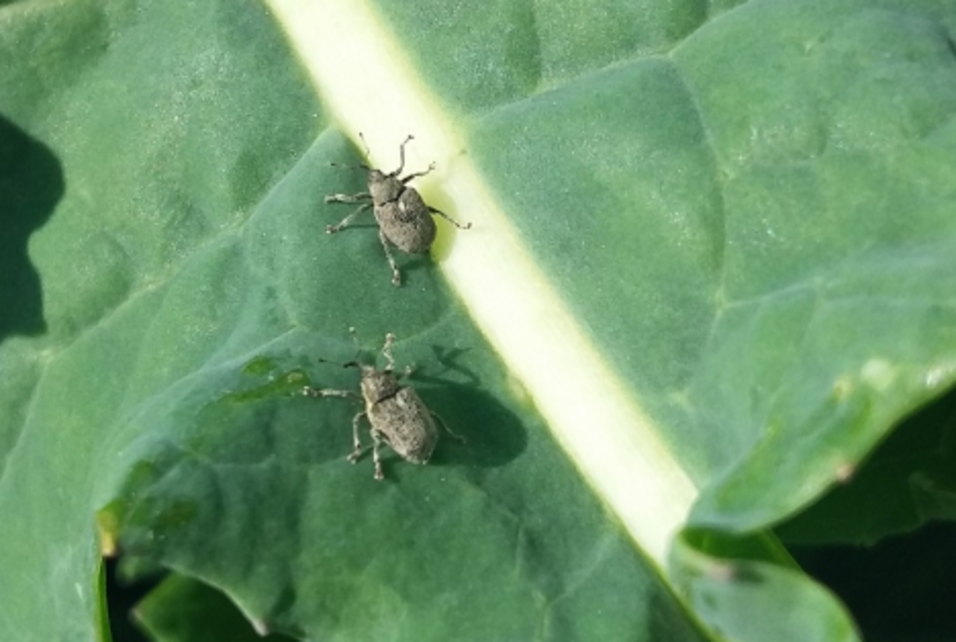Weevils of the genus Ceutorhynchus feed exclusively on crucifers (Brassicaceae),
although these plants evolved a strong phytochemical defense system to prevent
being eaten by herbivores. Upon feeding damage, glucosinolates are hydrolyzed
by β-thioglucosidase enzymes (myrosinases) to form isothiocyanates well known
for their toxicity for herbivorous insects. Few groups of insects successful adapted
to this so-called “mustard oil bomb” and are specialized to feed on crucifers. With
over 400 species, the genus Ceutorhynchus represents by far the largest insect
radiation on Brassicaceae. It can therefore be expected that Ceutorhynchus
considerably contributed to the “arms-race” between insects and crucifers. Their
species richness further implies that these beetles evolved an efficient strategy to
overcome the chemical defense in crucifers.
Detailed announcement (PDF)
Contact:
Dipl.-Biol. Dr. Harald Letsch
Department of Botany and Biodiversity Research
Division of Tropical Ecology and Animal Biodiversity
Rennweg 14
A-1030 Vienna
Email: harald.letsch@univie.ac.at
Phone: +43 1 4277 57403

